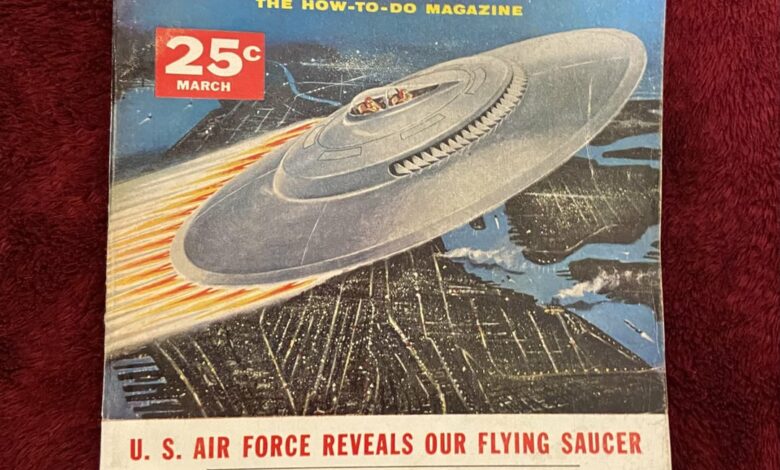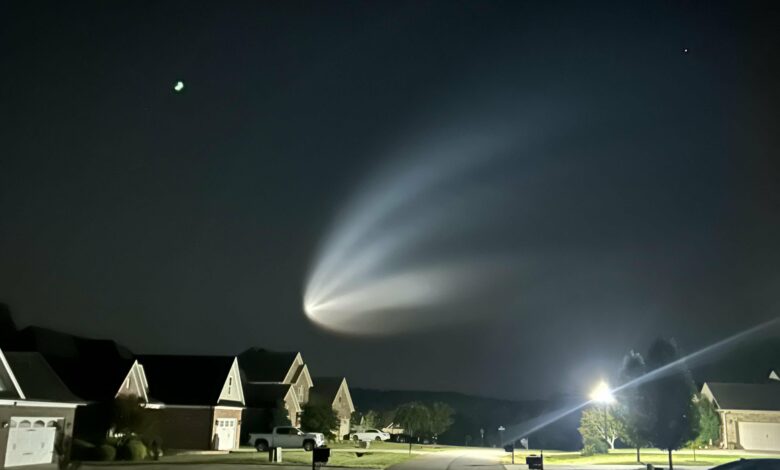New UFO Sightings and UAP Encounters: What the Latest FOIA Release Reveals If you’re someone who loves delving into the…
Read More »Innovation
Exploring the Future of Aerospace: Lockheed Martin’s Visionary Technologies If you’ve ever found yourself captivated by the possibilities of the…
Read More »A Nostalgic Look Back at Mechanix Illustrated: March 1956 Edition In March 1956, Mechanix Illustrated, America’s beloved DIY magazine, released…
Read More »Early Morning Call for Help: 5:30 AM on September 10, 2024 [City], [State] – [Date] – In an unusual and…
Read More »Exploring Realistic Goals for Statistical Analysis and Machine Learning Using UFO Data
Innovative Approaches: Achieving Realistic Goals in Statistical Analysis and Machine Learning for Unidentified Aerial Phenomena (UAP) Data
As interest in Unidentified Aerial Phenomena (UAP) grows, researchers are setting realistic goals for statistical analysis and machine learning applications to deepen our understanding. Here’s a breakdown of some achievable objectives:
-
Pattern Recognition and Anomaly Detection: Utilizing machine learning algorithms to identify patterns and detect anomalies in UFO sighting reports.
-
Data Classification: Developing models to classify sightings based on various features such as time, location, and physical characteristics.
-
Predictive Modeling: Creating predictive models to forecast future sightings based on historical data.
-
Geospatial Analysis: Conducting geospatial analysis to map sightings and identify potential hotspots.
-
Natural Language Processing (NLP): Applying NLP techniques to analyze the textual data from witness reports for common themes and entities.
- Clustering and Correlation Analysis: Leveraging clustering techniques to group similar sightings and performing correlation analysis to explore relationships between various factors.
These goals offer a blend of scientific rigor and technological innovation, paving the way for more objective and data-driven insights into the enigmatic world of UFOs.
Pattern Recognition and Anomaly Detection: Utilizing machine learning algorithms to identify patterns and detect anomalies in UFO sighting reports.
Data Classification: Developing models to classify sightings based on various features such as time, location, and physical characteristics.
Predictive Modeling: Creating predictive models to forecast future sightings based on historical data.
Geospatial Analysis: Conducting geospatial analysis to map sightings and identify potential hotspots.
Natural Language Processing (NLP): Applying NLP techniques to analyze the textual data from witness reports for common themes and entities.
Breaking News: Machine Learning Set to Unlock New Insights in UFO Research The realm of Unidentified Flying Objects (UFOs) has…
Read More »



